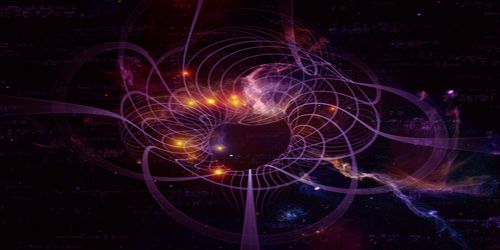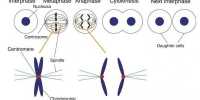Tests of general relativity establish observational evidence for the theory of general relativity. It was a new theory of gravitation, where mass determines the curvature of spacetime and, instead of that curvature, controls how objects move. Like all new concepts in science, who advanced them, Einstein’s theory had to be tested by comparing its predictions with experimental evidence. Einstein spent 10 years trying to incorporate the acceleration of theory, and in 1915 published his theory of general relativity. In it, he determined that larger objects distort space-time which is perceived as gravity. Mercury’s priorities were already known; Light bending experiments predicting general relativity were performed in 1919 with increasingly accurate measurements in subsequent experiments; And scientists claimed that the gravitational redshift was measured in 1925, although sensitive enough measurements were not made until 1954 to confirm the theory. It is surrounded by a cluster of high-velocity stars called S-stars whose trajectories are driven by the gravitational field of a black hole. The more accurate program, which began in 1959, examined general relativity within the limits of a weak gravitational field, severely limiting possible deviations from theory.
Albert Einstein established in his theory of special relativity that the laws of physics are the same for all accelerating observers, and he showed that the speed of light travels in a vacuum regardless of the speed at which the observer travels. As a result, he found that space and time were intertwined with a single series of events that occurred at the same time for one observer known as space-time, which could occur at different times for another. Beginning in 1974, Hulls, Taylor, and others studied the behavior of binary pulsars rather than the powerful gravitational fields found in the solar system. Predictions of general relativity have been very well tested with weak field limits (e.g. in the solar system) and with strong fields present in the binary pulsar system.
In 2014, scientists announced that they had detected gravitational waves emitted from the Big Bang in the background imaging of the Antarctic Cosmic Extragalactic Polarization (BCCP2) telescope. The idea is that such waves are embedded in the cosmic microwave background. In February 2016, the Advanced LIGO team announced that they had detected gravitational waves directly from the integration of a black hole. This discovery examined general relativity at the boundaries of very strong fields, in addition to the additional detections announced in June 2016 and June 2017, which observed any deviations from the theory.
















